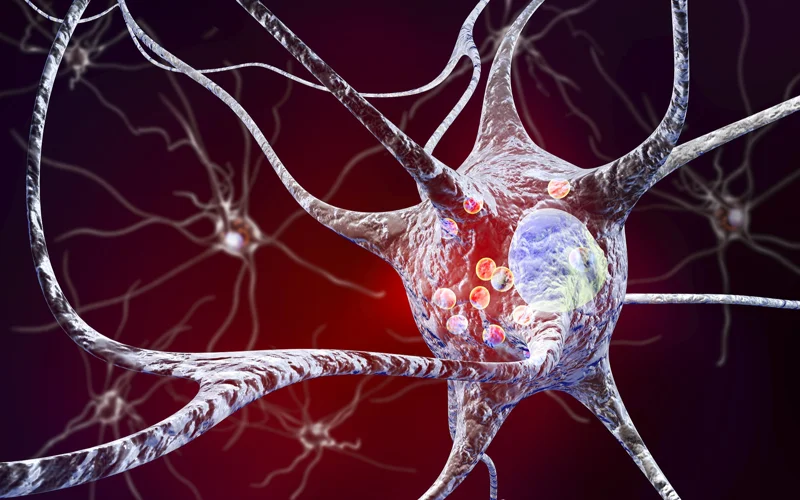World Parkinson's Day: A quick guide to Parkinson's
Friday marks the World Parkinson's Day, dedicated to raising awareness of Parkinson's disease and advancing research toward better therapies and a cure, CGTN reports.

Parkinson's disease (PD) is a degenerative brain disorder that causes a variety of symptoms, notably uncontrollable movements, including tremor, stiffness, trouble with balance and difficulties with speech.
Most cases diagnosed with PD are over 60 years old, yet the disease could also occur before the age of 50.
While there is no cure yet, treatments aim to manage symptoms and improve quality of life. Recent research is exploring groundbreaking therapies that could slow or even reverse disease progression.
Risk factors
The cause of Parkinson's essentially remains unknown, but scientists believe a combination of genetic and environmental factors can lead to PD.
Research of the U.S. Parkinson's Foundation has found that approximately 13 percent of people with Parkinson's have a genetic link to the disease.
Gender is a factor, too. While PD affects both men and women, research indicates that women are at lower risk for developing PD than men.
Individuals' living environment and lifestyle could also increase the risk. Notable factors include pesticide and herbicide exposure, heavy metal exposure, rural living and well water use and certain industrial chemicals, among others.
Treatment
PD symptoms are caused by the loss of a chemical messenger called dopamine in specialized nerve cells of the brain.
Current PD treatments include medications such as Levodopa and dopamine agonists, surgical treatments such as deep brain stimulation and supportive therapies including physical exercises.
While current PD treatments focus on symptom management, cutting-edge research offers hope for disease-modifying therapies. Advances in genetics, immunotherapy and stem cells could revolutionize PD care in the coming years.
Researchers are also investigating drugs that could slow or stop PD progression by targeting underlying causes like alpha-synuclein protein clumps (a hallmark of PD).
Stem cell therapy is also been tested as early trials of using lab-grown neurons to replace lost brain cells show promise in restoring patients' motor function.
Meanwhile, emerging studies suggest gut microbiome imbalances may influence PD. Probiotics and fecal transplants are being explored.
Smart wearable AI devices are also being applied to track symptoms in real-time, predict disease progression and optimize treatment.
PD in China
There are approximately 3 million Parkinson's patients in China, roughly half of the global total, according to China's Xinhua News Agency.
PD and other neurological diseases affecting the brain, such as Alzheimer's, have become a major global public health and social challenge in China, especially as its population continues to age.
In February this year, journal Science published a research by a group of scientists from Huashan Hospital affiliated with Fudan University in Shanghai, which says the team discovered a novel therapeutic target for PD and identified a potentially effective small molecule drug.
As written before, mental health is physical health, new study suggests.

